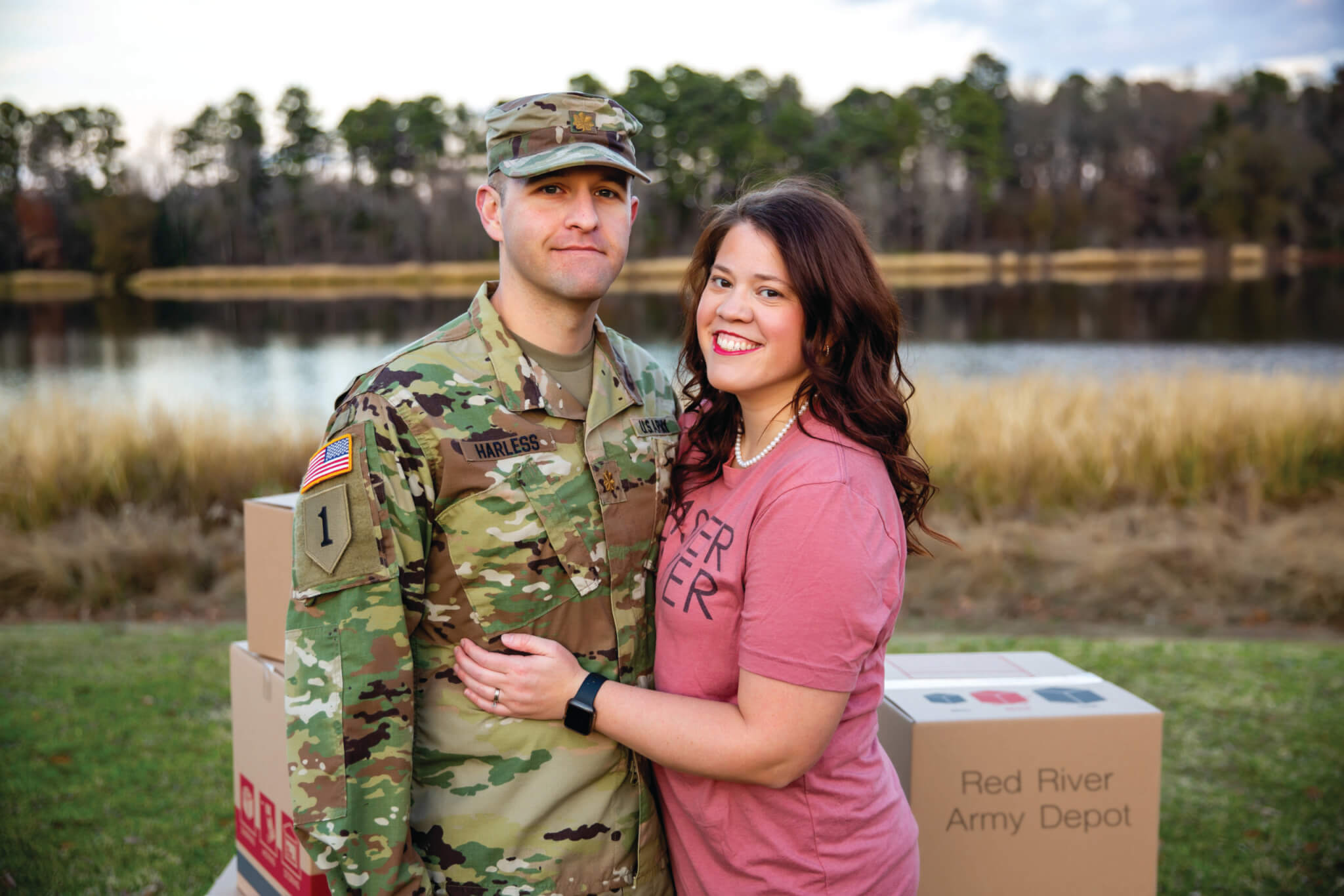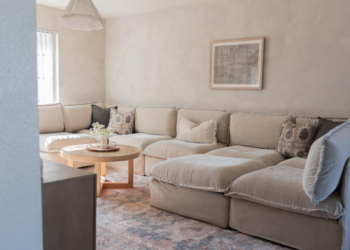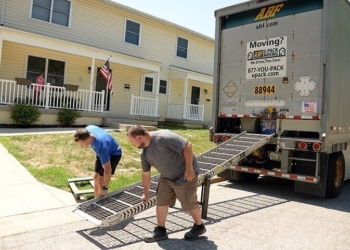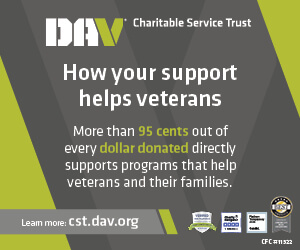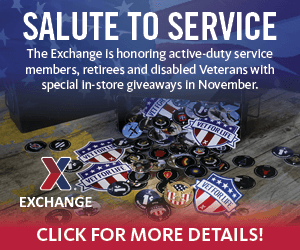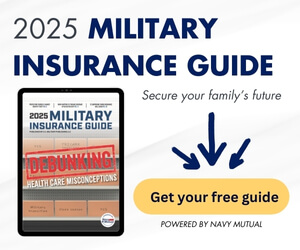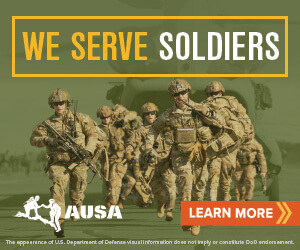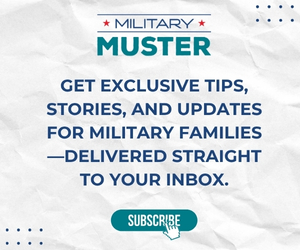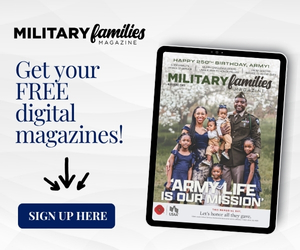Getting new orders and starting a PCS can be an exciting time as you are about to embark on a new journey. But moving can also be stressful and difficult, as you’re packing up life at one location and starting somewhere new. But it doesn’t have to be anxiety inducing.
Step one of the process is setting up your move with the local transportation office after receiving official orders.
You’ll want to take the time to read all the information they provide as well. Now, let’s walk through what you should know and should do when it comes to your first PCS.
Make a plan
After setting up your move, you’ll need to make a plan. What route are you taking? Where are you stopping? Do you have layovers? How are you moving your pets? You will need to map out the details. Make sure to include some wiggle room in the event your pack and load dates change.
Budget
Making a budget can help set realistic financial expectations and prevent you from going into unnecessary debt. Take the time to calculate what your entitlements/reimbursements may be (DLA, TLE/TLA, MALT, PPM) and start estimating expenses (gas, lodging, pet expenses, etc.). If you find that you might be short on funds, you should have a government travel card (GTC) available to use, can request an advance of entitlements or contact your service branch relief organization to get a grant or 0% loan, depending on your needs.
Insurance
When preparing for any PCS, you should always review your insurance policies. You’ll want to make sure you have a policy that will cover your household goods in transit and in storage. Many rental or personal property policies will cover this, but if not, you’ll want to shop around.
RELATED: ‘The best of you’: Gloom where you’re planted after a PCS
If you are purchasing or selling a home, you’ll need to double-check if your policy extends to cover the move or not. If you are planning an OCONUS move, you’ll also want to make sure your vehicle will be covered in transit and at your new location.
PCS inventory
Your moving company will make an inventory of the boxes and furniture you are moving. Before signing these inventories, you should take the time to review them and make sure they are as accurate as possible. While everything will not be listed on the inventory because they use general descriptions, you do need to ensure larger items are listed individually (ex. Each TV is listed with the serial number, even if multiple TVs are packed in one box).
You also need to confirm furniture condition codes to make sure they accurately reflect the current condition of your items. Furthermore, it is always a good idea to have your own home inventory in the event of missing boxes or a catastrophic loss and need to itemize the contents.
Lending closet
If you are in an OCONUS location, you should have access to a lending closet (sometimes called a loan locker). This lending closet can usually provide basic items like a cookware set, a folding table, chairs, dishes, and sometimes a couch, desk, or bed. These are items to be used temporarily until your household goods arrive. Many locations have pre-made boxes with items to make it easy to grab and go. Depending on where you are at a CONUS location, some installations like Fort Leavenworth also have lending closets to borrow from.
Personally Procured Move
If you choose to do a PPM the pay you receive is an incentive payment that is categorized as income and is taxable at 22%. However, any operating costs you have can lower the taxable amount of that incentive pay, so make sure all your expenses are paid after the date of your orders, and you save all receipts.
Read comments

